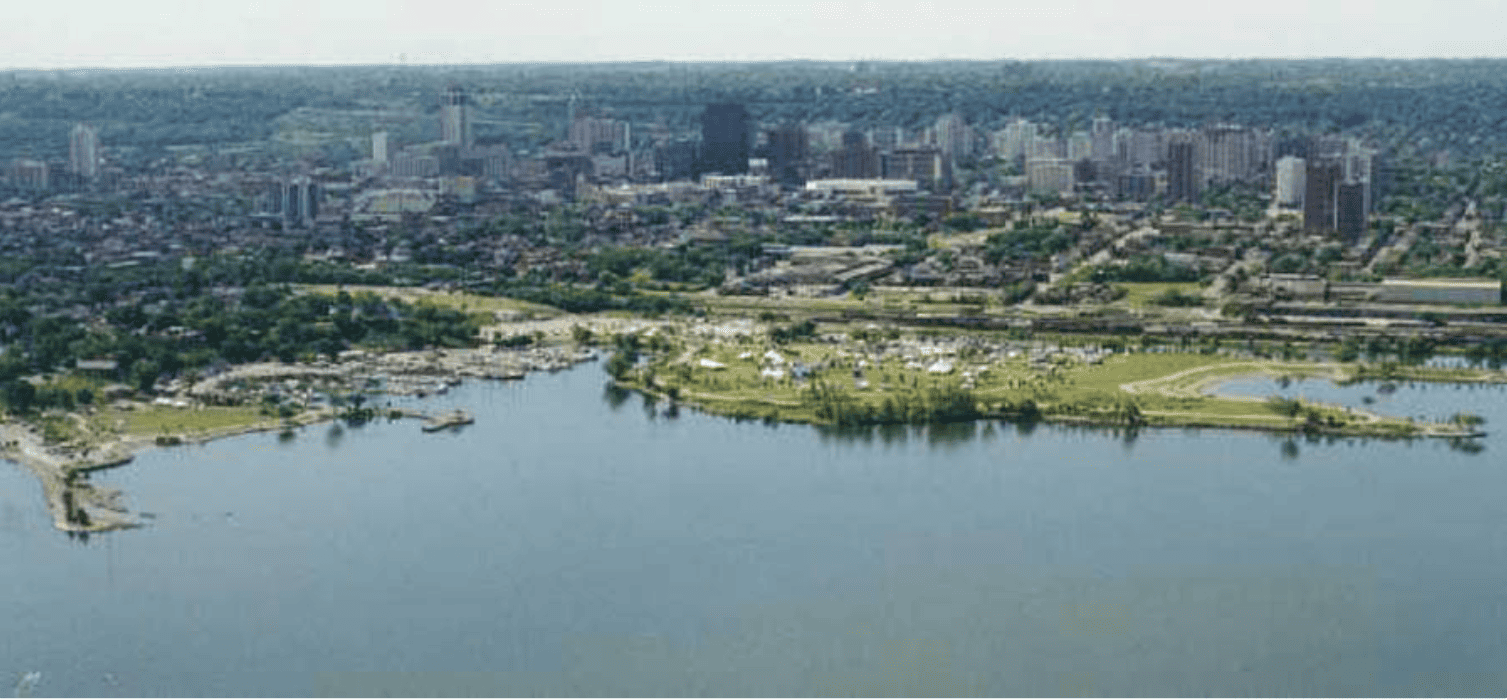Factors behind huge sewage leaks revealed in Hamilton auditor general probe
Published November 16, 2023 at 2:34 pm

An investigation by the City of Hamilton’s auditor general has determined some factors that led to the sewage leaks into Hamilton Harbour.
According to the Office of the Auditor General’s report released today (Nov. 16), drawings used in the design and construction “were incorrect.” This resulted in “improper instructions” given to the design and construction teams.
Another factor included staff not recognizing that cross-connections were being constructed and were not considered a “significant risk” during construction.
Thirdly, identifying problems was difficult because the physical piping networks and drawings of them were “large, complex, and interconnected.”
“The three spills investigated in this report and spills of this nature are a concerning reality within many cities across Canada given aging water and wastewater infrastructure,” said Charles Brown, Hamilton’s auditor general, in a statement today (Nov. 16). “There is no simple solution, however following this investigation, I am encouraged by the actions taken and underway, and I would underscore the importance of implementing the recommendations we have made in this report.”
For its report, the City of Hamilton’s Office of the Auditor General said it had tapped an external forensic engineering expert to assess the origin and cause of the sewage spills as well as conduct a risk assessment investigation. In addition, the outside expert was hired to do a peer review of the Hamilton Water investigation and the report by Stantec Consulting, which addressed the Ontario Ministry of Environment, Conservation and Parks order.
The Ministry of Environment Conservation and Parks issued an order to the City of Hamilton in January in response to the Burlington Street wastewater and sewage spill and the Rutherford Avenue spill that both occurred over 26 years. The City said all requirements in the order were completed by the June 30 deadline.
According to the City’s new auditor general report, Hamilton Water department’s response to the spills and investigation into the origin and cause was “appropriate, thorough, and in accordance with the industry’s best practice.”
It also found the MECP order was “reasonable” and the ongoing response to the order by Hamilton Water and Stantec is “appropriate, thorough, and in accordance with the industry’s best practice.”
The Office of the Auditor General made recommendations for Hamilton Water to consider in order to prevent spills.
For instance, one recommendation is to continue following the advice provided in the Stantec report, such as the existing sewer lateral cross-connection program and monitoring processes to find and identify suspected cross-connections and spills.
As well, it said a pilot program should be continued and expanded in the high-risk central Hamilton combined sewer system. That pilot can be used to create a permanent system-wide program for unauthorized discharges removal and inspections, it added.
It emphasized the importance of transparency and response planning, particularly recommending Hamilton Water use and refine its communication and response to potential leaks, as the risk of new spills likely still exist.
Three wastewater spills were reported to Hamilton’s Public Works committee. One was on Nov. 28, 2022 and two on Feb. 12, 2023.
The Burlington Street spill had caused the discharge of about 337 million litres, the equivalent of 135 Olympic-sized swimming pools filled with sanitary sewage into Hamilton Harbour. It was identified on Nov. 22, 2022. Similarly, the Rutherford Avenue spill was discovered Jan. 9. It resulted in about 59 million litres of sanitary sewage leaking into the Hamilton Harbour from 11 properties.
The Ontario government issued an order to the City of Hamilton on Jan. 18 in response to the Burlington Street spill and the Rutherford Avenue spill.
In the aftermath of the leaks, the City decided in September to hire 12 permanent staff and purchase vehicles and equipment at an estimated cost of $2,010,000 in efforts to prevent sewage spills and maintain its aging wastewater and sewer system.
The decision to boost Hamilton Water’s staff and resources comes as Mark Bainbridge, director of water and wastewater planning and capital, revealed to hamilton.insauga.com that the City has a backlog of infrastructure needs and will require an extra investment of $50 million per year in order to do necessary upgrades and replacements.
INthehammer's Editorial Standards and Policies





